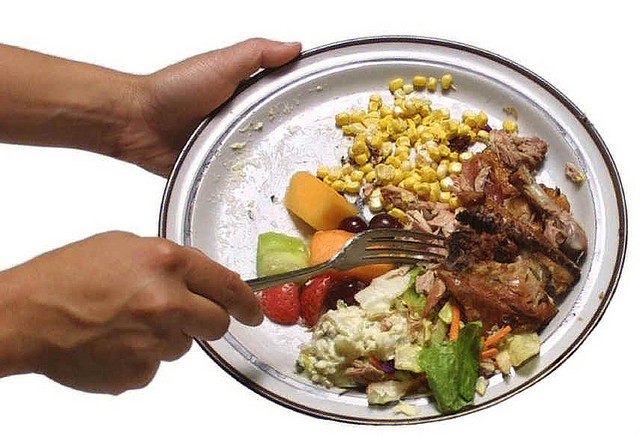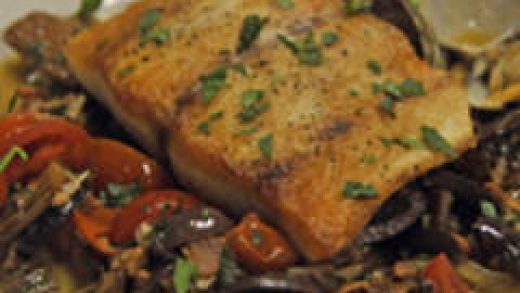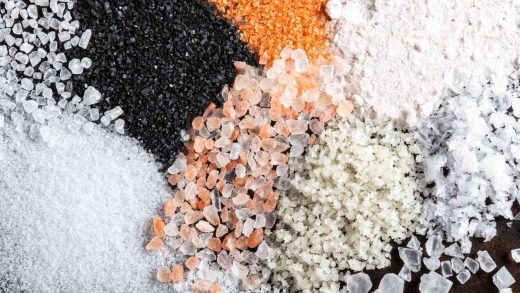Americans throw away an astonishing amount of food. Some of that comes from the fact that of all the world’s developed countries, the U.S. has one of the most abundant and affordable food supplies. It also has one of the worst in terms of nutrition and quality. But that’s another story for another day.
Let’s talk about all that food we throw away. Some of it is because the food has spoiled. It happens. Sometimes they are leftovers that didn’t appeal to me later or didn’t turn out quite right. Whatever the reason, they have to go into the garbage. Then that garbage has to go immediately out to the dumpster before the smell fills the kitchen.
We need to be greener, have a smaller carbon footprint and send less to the landfills. So, here are a few tips to help you waste less and save money.
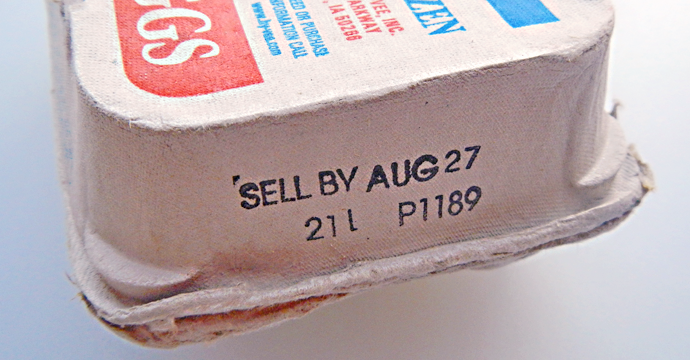
Expiration dates are not absolute. That doesn’t mean you should ignore them either. If the food has been stored correctly, it’s often still usable after the expiration date, especially if it’s going to be cooked. Use your eyes, nose, and other senses to tell if things are still good. Almost always, bad food will make it clear, usually with a bad smell, to let you know if it might be dangerous to consume. But if there’s doubt, you’re safer to go ahead and throw it out.
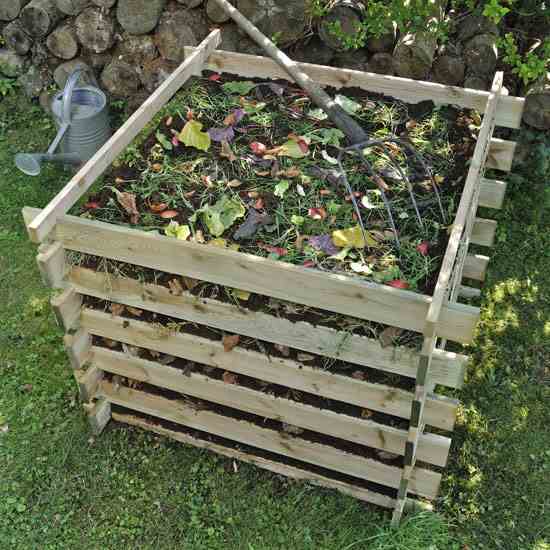
Compost if you can. The less you send to the landfill the better. The key to having a greener home and world is to follow the motto: “Reuse.” Not everyone can have a compost heap in their backyard. However, technology has greatly improved these natural recycling bins to have a minimum of smell. But if you live in an apartment, you’re pretty much stuck with what you have. That’s okay. You can still make better use of food and the containers it comes in. There are more tips for using food below. You can wash and reuse most plastic containers and find all sorts of uses for them.
Save sauces, drippings, and other liquids to add flavor to dishes later. Got just a little steak sauce left in the bottle? Maybe some leftover pasta sauce? Some dipping sauce from take-out? Combine them together for a new flavorful sauce to add to lots of other dishes. Add meat drippings and stick it in a sealed container in the fridge and you’ve got lots of flavor ready to be used in creative ways.
Don’t throw away old rice or pasta. Dried out leftover rice is perfect for stir-fries or fried rice. You know how pasta can get hard and stiff? Saute it in a little olive oil and it will revive to very near its original state, ready for sauce.
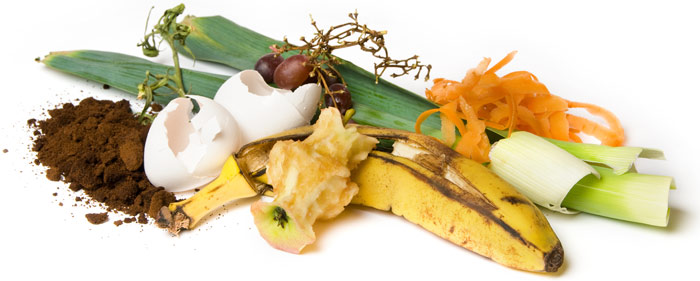
Save trimmings and scraps for stock. When you trim your vegetables, don’t throw it all away. Most of those things can be used to make a flavorful vegetable stock or even a really tasty chicken, pork or beef stock. Do the same when you trim your meat, poultry or seafood. Shrimp shells make a rich seafood stock. Pork trimmings can be used for stock, too. Just freeze them if you’re not going to use them right away. In other words, use everything if you can. Potato peelings we know can’t go down the garbage disposal without creating a gluey mess. But they can be used to thicken soup, stock or stew.
Got odds and ends? Use eggs to make something new. Quiche was originally a way to use up leftovers. You can do the same with a frittata. Whip up some eggs, add in some leftover veggies, meat or grains with a little cheese and you’ve got a great dish. Just cook slowly over low heat then finish it off under the broiler.
The freezer is your friend. There aren’t that many things that can’t be frozen. Some things do need special handling. For example, cut vegetables need to be individually frozen then bagged. I always double wrap meat to keep freezer burn at bay. But soup and lots of other things can be frozen easily. My freezer regularly holds various proteins, bread, beans and vegetables. Did you know you can freeze milk? It’s true. With all liquids, remember to leave room for expansion so they don’t burst out of their containers.
Stale bread still has uses. If your bread gets dried out and stale, it’s still useful. Moldy bread is not useful, just throw that away or feed to birds and squirrels. But stale bread makes great croutons, bread crumbs and more. Like French toast? Well, it was invented to soften up and use stale bread. Stale bread gives you a chewier dish. For croutons, just cut the bread into cubes and put into a 350 degree oven to toast. Keep an eye on it because once they start turning brown they can burn in just a few seconds. To make bread crumbs, you can take those toasted cubes and put them in a food processor or a sealable plastic bag. In a food processor, carefully pulse it so you don’t get dust. The plastic bag can be smashed with a pan or pot or a mallet until you get the consistency you want.
Do you have any tips for saving money by not wasting food? Share them with a comment/reply.
